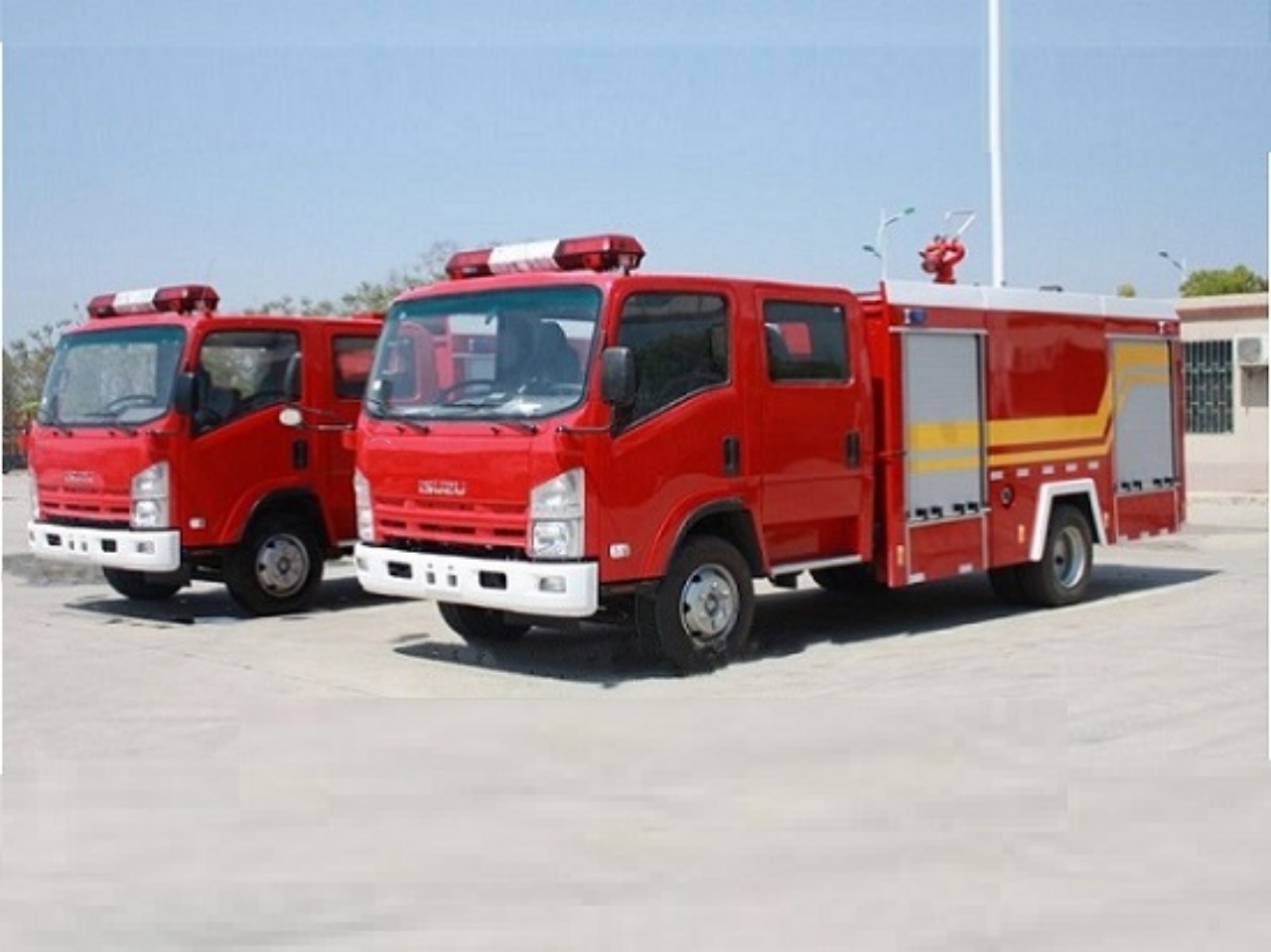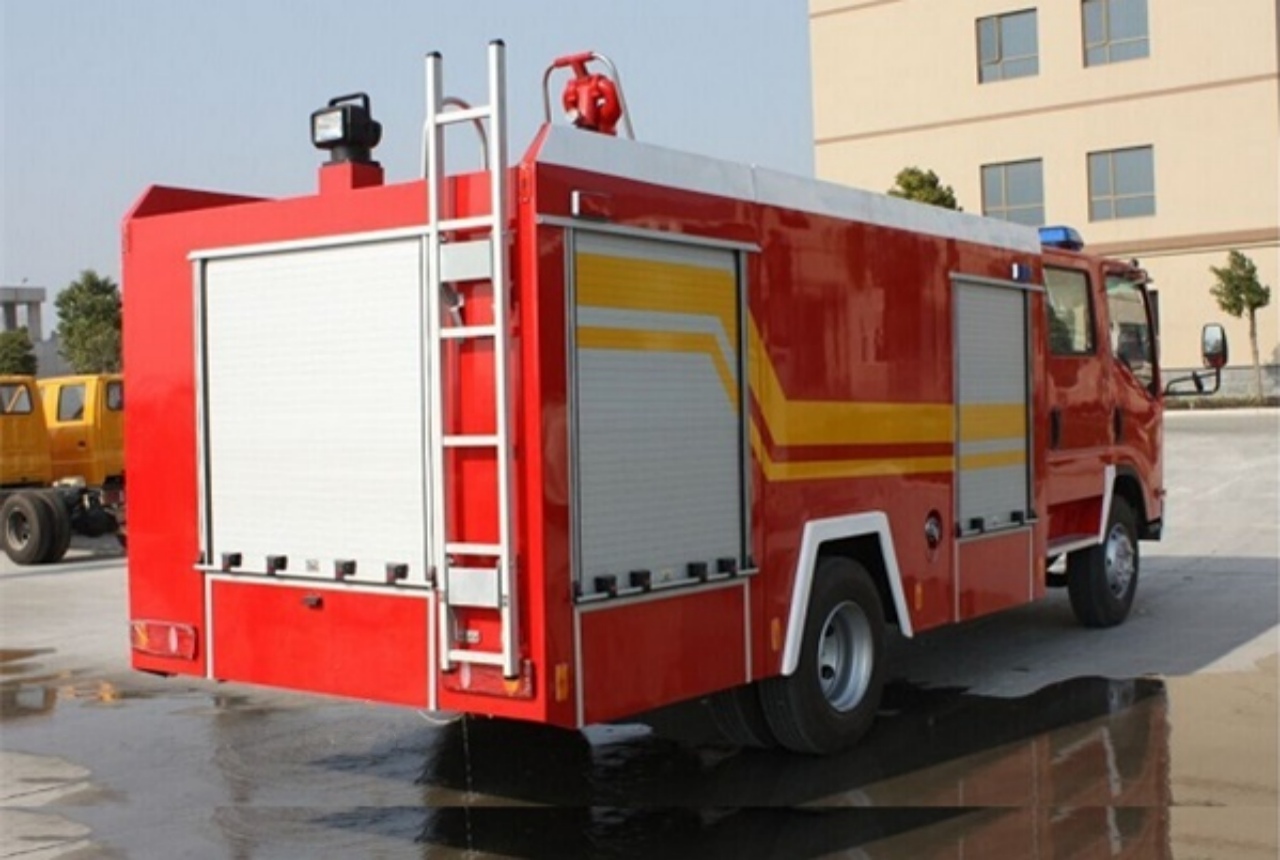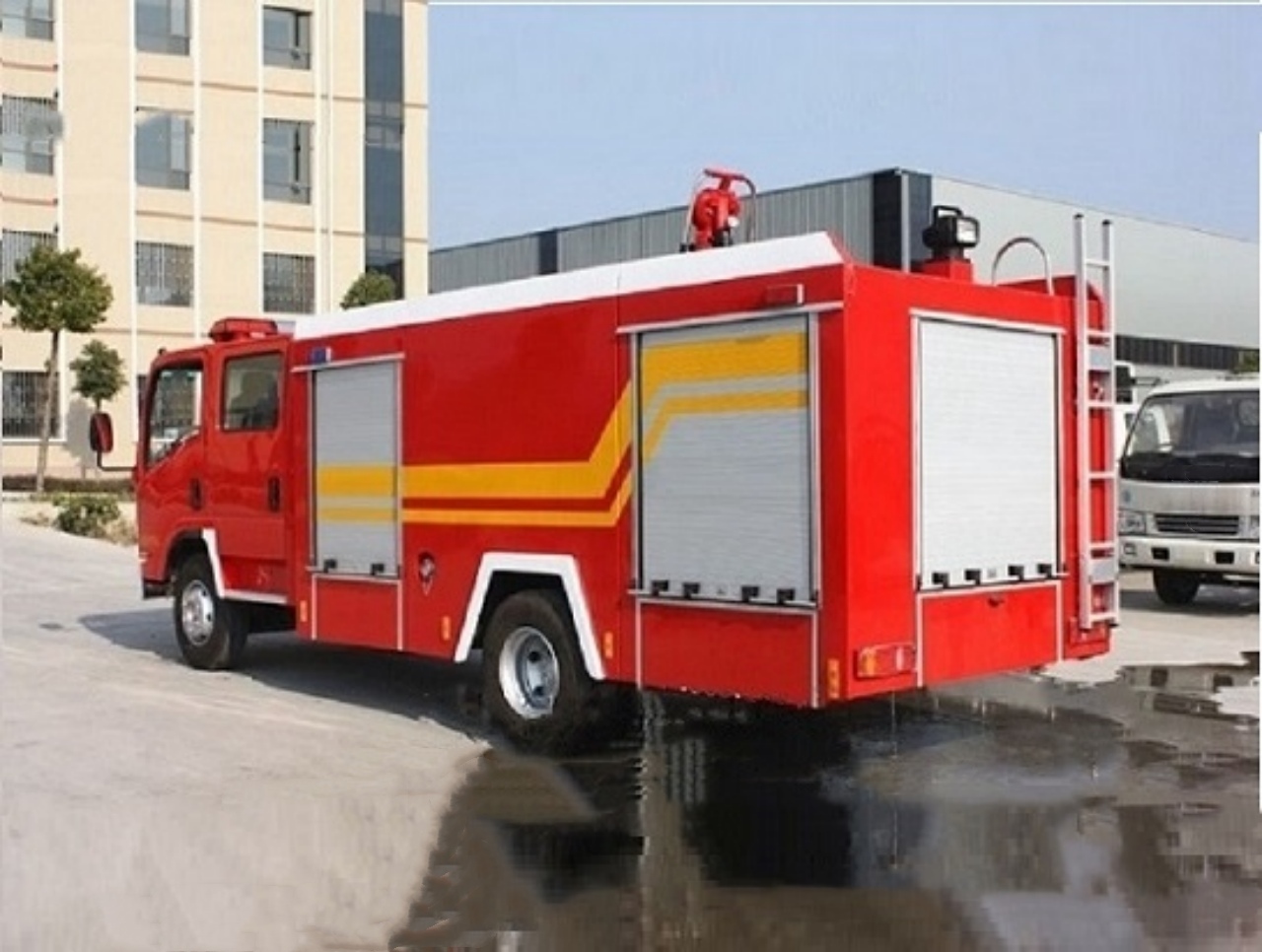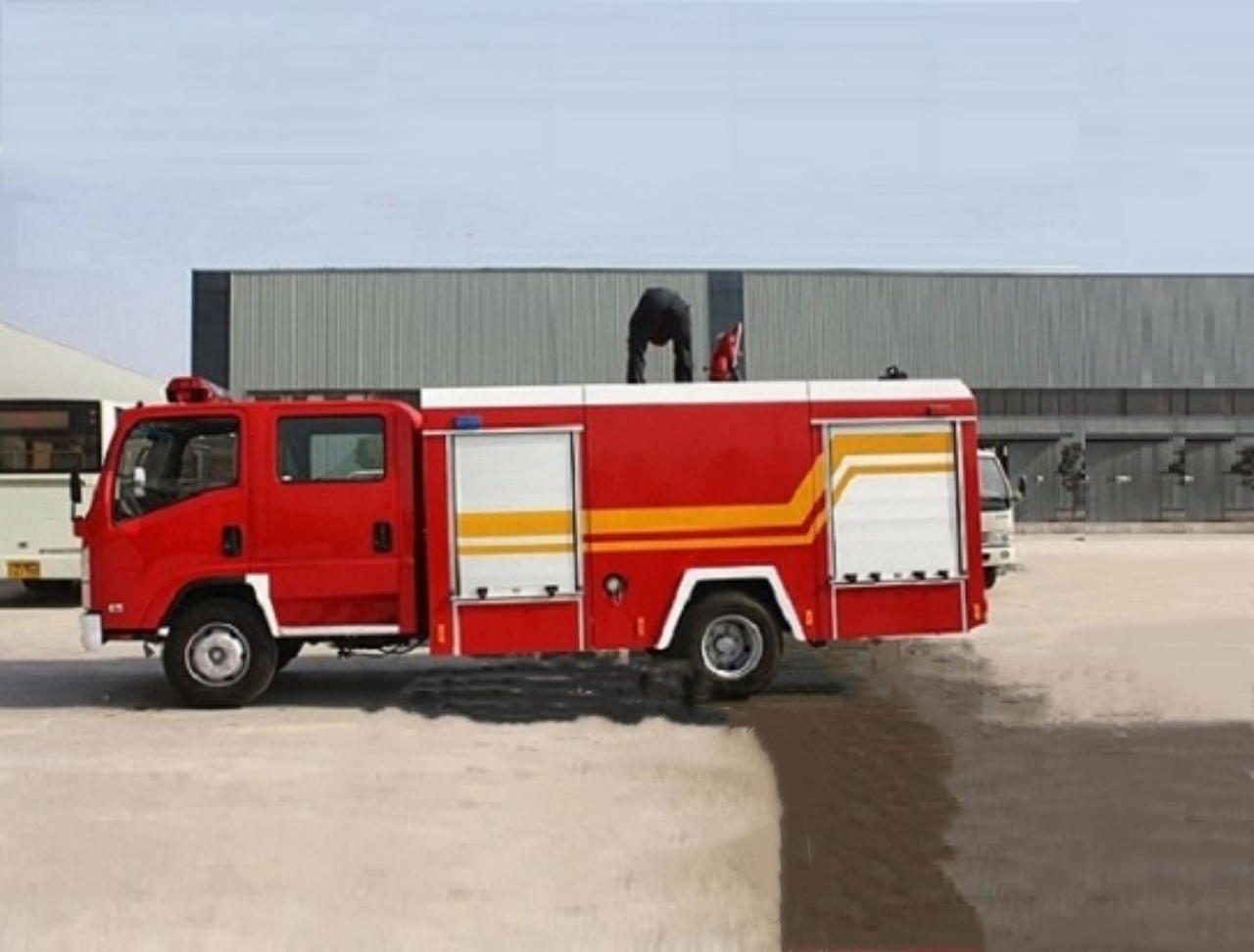In industries such as firefighting, transportation, and fuel distribution, the terms tender and tanker are often used to describe specialized vehicles designed to carry water, fuel, or other liquids. Although these 2 terms are sometimes used interchangeably, they refer to distinct types of vehicles with specific functions and configurations. Understanding the difference between a tender and a tanker is essential for professionals in logistics, emergency response, and construction, as well as for anyone interested in the mechanics and operations of liquid transport systems.
Definitions and General Functions
Tanker:
A tanker is a vehicle specifically designed to transport liquid or gas cargo in bulk. These vehicles are characterized by a large cylindrical or elliptical tank mounted on a truck chassis or trailer frame. Tankers are built to carry a wide variety of substances, including water, fuel (like gasoline or diesel), chemicals, milk, and even gases like propane or liquefied natural gas (LNG). Depending on the material being transported, tankers are equipped with specific safety features such as pressure valves, insulation, and compartmentalization.
Tender:
A tender, on the other hand, is a more versatile term that can refer to a support vehicle used to transport supplies, equipment, or fluids in a secondary or assisting role. In firefighting, for example, a water tender (or water tanker in some regions) is used to deliver water to fire engines that do not have access to hydrants. However, the term tender can also apply to other service vehicles, such as fuel tenders for refueling aircraft or equipment tenders in military operations. In general, tenders serve as auxiliary or logistical support vehicles.

Design and Construction Differences
Tankers – Built for Bulk Transport:
Tankers are engineered with an emphasis on maximizing cargo volume, often using stainless steel, aluminum, or fiberglass-reinforced plastic tanks that can withstand internal pressures and external stresses. They may be single-compartment or multi-compartment, allowing the transportation of different liquids simultaneously. Most tankers have bottom loading and unloading systems, safety grounding mechanisms, and specialized valves to prevent spills or vapor escape.
Tenders – Multi-Purpose Utility Vehicles:
Tenders may include tanks, but they are typically equipped with additional components for operational support. For instance, a fire tender may have hose reels, pumps, and firefighting equipment alongside a water tank. Fuel tenders in aviation might carry both fuel and tools for ground support. The design of a tender prioritizes accessibility, ease of equipment deployment, and mobility in diverse terrains.
Functional Purpose and Usage
Tankers – Primary Transport Vehicles:
Tankers are used primarily for long-distance or high-volume transportation of fluids. Their routes are generally well-planned and based on infrastructure access, such as highways and refueling stations. Examples of tanker usage include:
- Fuel tankers: Delivering gasoline or diesel to fuel stations.
- Milk tankers: Transporting raw milk from dairy farms to processing plants.
- Chemical tankers: Carrying hazardous materials between manufacturing and storage facilities.
- Water tankers: Supplying water to areas without piped infrastructure.
Tenders – Operational Support Vehicles:
Tenders act as support units for front-line operations. They are often deployed in remote or temporary setups where immediate resupply is required. Some typical tender roles include:
- Firefighting water tenders: Delivering water to fire trucks at wildfire scenes or in rural areas.
- Military tenders: Supplying ammunition, fuel, or spare parts to combat units.
- Construction tenders: Assisting with water spraying for dust control or carrying repair tools.

Regulatory and Safety Considerations
Tanker Regulations:
Due to the nature of the materials they carry, tankers are subject to strict regulatory oversight. In most countries, tankers must comply with road safety standards, hazardous material regulations, and environmental protection laws. For instance, fuel tankers are regulated by national transportation safety boards and hazardous goods authorities. These regulations dictate tank construction, driver certification, route planning, and emergency response protocols.
Tender Regulations:
Tenders, while also regulated, usually fall under broader vehicle and equipment laws. The focus here is more on operational safety and functional readiness. Firefighting tenders, for example, are governed by municipal or national fire service standards, including pump capacity, water volume, and crew safety features.
Examples in Real-World Applications
Example 1: Firefighting Operations
In urban areas, fire engines typically have access to hydrants and do not need additional water. However, in rural or remote areas, a water tender follows the fire engine to supply water. Here, the tender’s job is not to fight fires directly, but to support the engine by transporting large quantities of water. A tanker in this context would simply carry the water, whereas the tender might also include a pump system and additional firefighting tools.
Example 2: Aviation Fueling
At airports, fuel tenders are used to refuel aircraft. These vehicles are highly specialized, with tanks for different fuel grades and hose systems designed to deliver fuel safely and quickly. They may include filtration units and grounding systems to prevent static discharge. In contrast, a fuel tanker would simply transport the fuel to the airport from a refinery or depot.
Example 3: Construction and Road Work
A construction site might use a water tender to manage dust by spraying roads or provide water for mixing concrete. This tender may have spray bars, hose reels, and a tank. A water tanker in the same setting might only deliver water to the site, after which the tender would use it as needed for operations.

Terminology Confusion and Regional Differences
In some regions, particularly the United States, the term tanker is commonly used for firefighting water transport vehicles. In other countries, like the UK or Australia, tenders are more common for fire support vehicles. This overlap can be confusing, especially when translating documents or coordinating international logistics. It’s important to understand the context in which the terms are used to avoid miscommunication.
Conclusion
While both tenders and tankers are vital in their respective industries, the core difference lies in their primary function and configuration. A tanker is a specialized bulk transporter of fluids or gases, designed for direct delivery of materials. A tender, by contrast, serves as a support or auxiliary vehicle, often carrying tools, supplies, and fluids for operational readiness.
Understanding these distinctions is critical for efficient planning and resource deployment, especially in sectors where safety, timing, and logistics play a pivotal role. Whether supplying water to a wildfire line or transporting gasoline across hundreds of miles, the right choice between a tender and a tanker ensures that operations run smoothly and effectively.








